Credits are in the same comments for the Tu-134UBL
Lore
To put it in simple terms, the NEAI is the ‘Nordic European Aircraft Industries’ and may collaborate with PZL-Mielec, Tupolev, Airbus, and Lufthansa Technik. It performs most of the aviation activity in Norway and the NT-10D was a collaboration between all of those companies. Tupolev sent a blueprint of the Tu-134UBL without any military devices and even sent a hollow mock-up of the real plane itself.
The NT-10A was built by Tupolev (Finnish division, Helsinki factory) with the airframe itself, Airbus (Danish division in Copenhagen) with the cargo hold, electronic systems, fly-by-wire, and the cockpit, Lufthansa Technik (Swedish division) with coding, PZL-Mielec with the fuel systems and overhead compartments, and NEAI with the aerodynamic refinements, engines, and the interior design. The plane was announced in March 1999, and it underwent testing through 2003 and took its first flight in 2004. A delay of 4 months occurred due to a tendency to randomly have short circuits from G-force leading to loss of stability. The launch customers were Belavia and Exulans Airways taking delivery in 2005. Improvements to the B, C, and D versions started in 2007 and ended in 2014. All of the later versions were all technically improved while the capacity and range fluctuated. The range of the D version is comparable to the A321ceo at Mach 1.1 at 52,000 feet. Every ticket was around $1,200 on average with a high-density seating for a flight like Oslo to New York. As seen, it’s a bit more expensive but it does the job. Its maximum seating capacity is 96 but the game shows 72.
Takeoff and Landing Procedures
During the takeoff, the pilots announce a caution, since the climb angle is so high, possibly up to 60 degrees. The climb rate of up to 15,000 feet per minute is needed to keep the plane under 250 knots as per FAA regulations. It takes around 7 minutes to get up to 52,000 feet and up to another 15 minutes to get up to speed, especially considering the airspeed lost in the climb. The pilots announce a caution once again near the destination, since the descent will be steep as well, producing a G-force of -2.5 at maximum. It pulls out of the descent around 15,000 feet MSL to lose speed. When it touches down, the sheer braking power of the gear are overpowering enough for the plane not to need reverse thrust.
Controls
Action Groups
1: Toggle Left Door
2: Toggle Right Door
3: Toggle APU
4: Toggle Engine 1 (left engine)
5: Toggle Engine 2 (right engine)
6: Landing Lights
7: Navigation Lights
8: Cabin Lights
‘EXIT’ sign will remain on at all times.
VTOL: Flaps
Trim: Trim
Specifications
Spotlights
- CCCP0000001 2.2 years ago
General Characteristics
- Created On iOS
- Wingspan 96.3ft (29.3m)
- Length 135.0ft (41.1m)
- Height 30.5ft (9.3m)
- Empty Weight 57,688lbs (26,166kg)
- Loaded Weight 90,396lbs (41,003kg)
Performance
- Power/Weight Ratio 1.342
- Wing Loading 55.3lbs/ft2 (269.8kg/m2)
- Wing Area 1,636.1ft2 (152.0m2)
- Drag Points 28749
Parts
- Number of Parts 505
- Control Surfaces 9
- Performance Cost 2,300

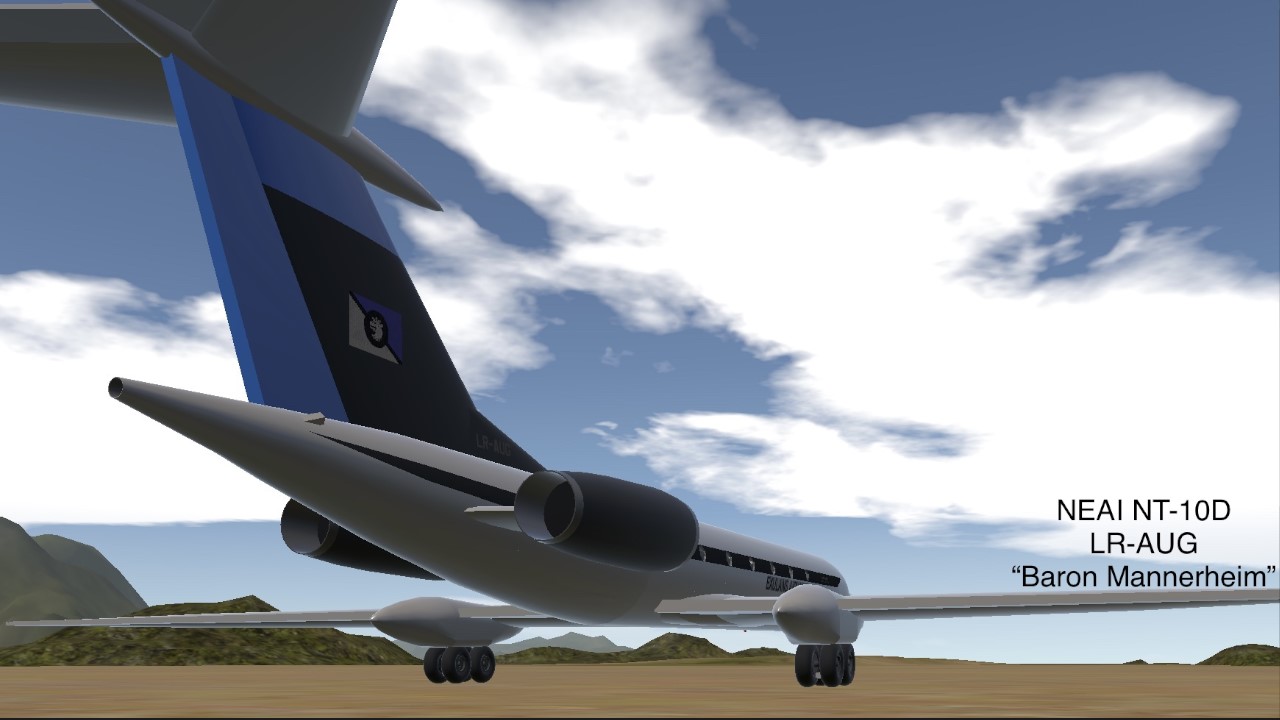
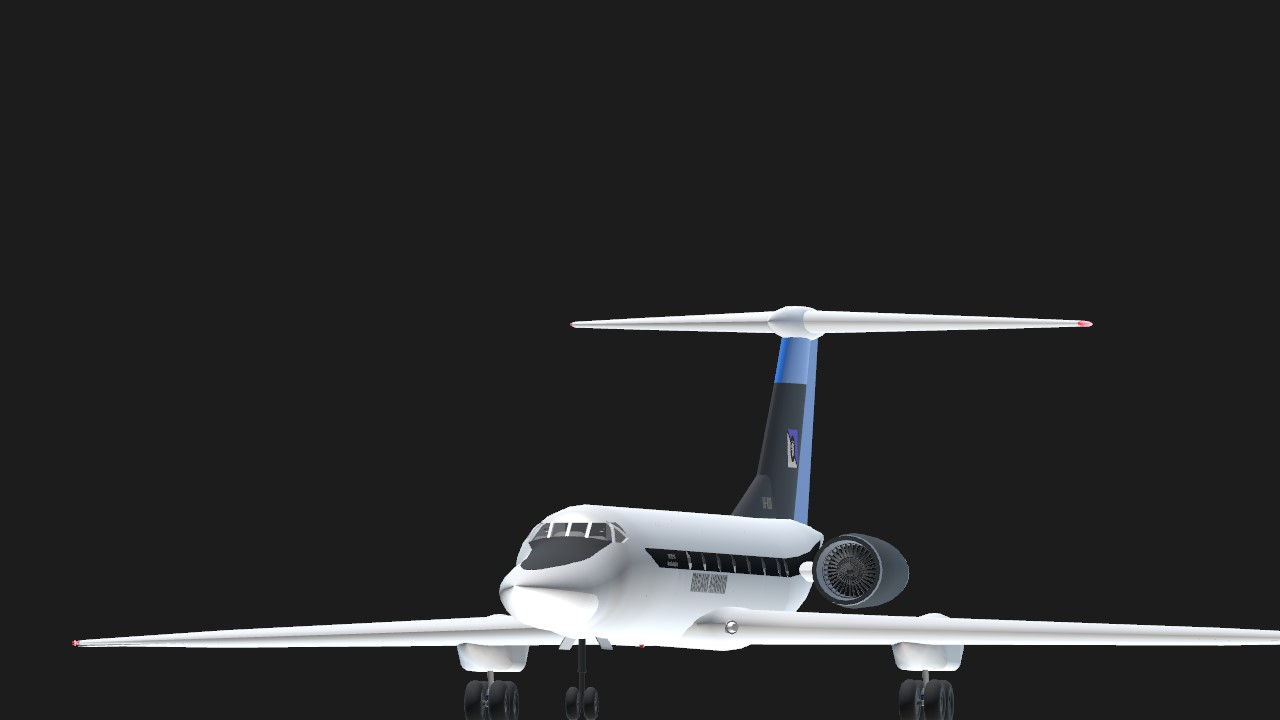

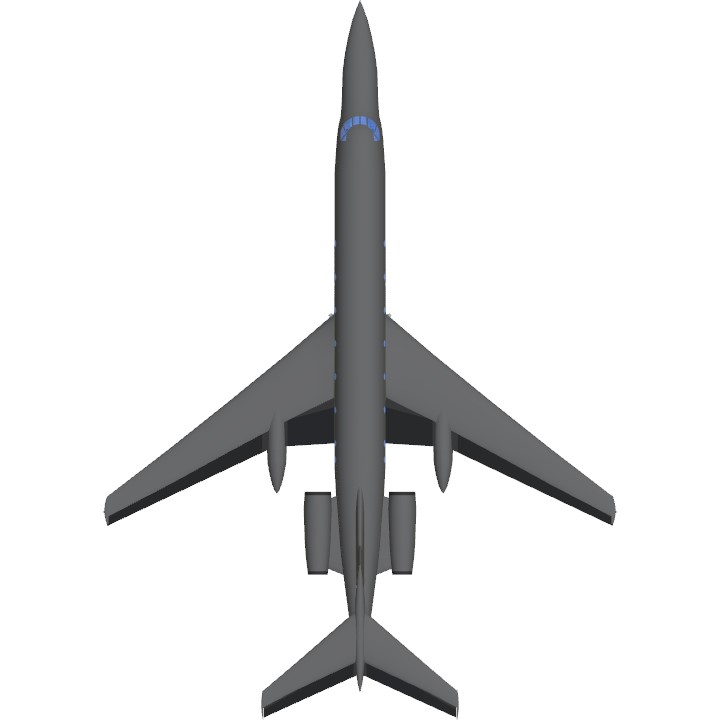
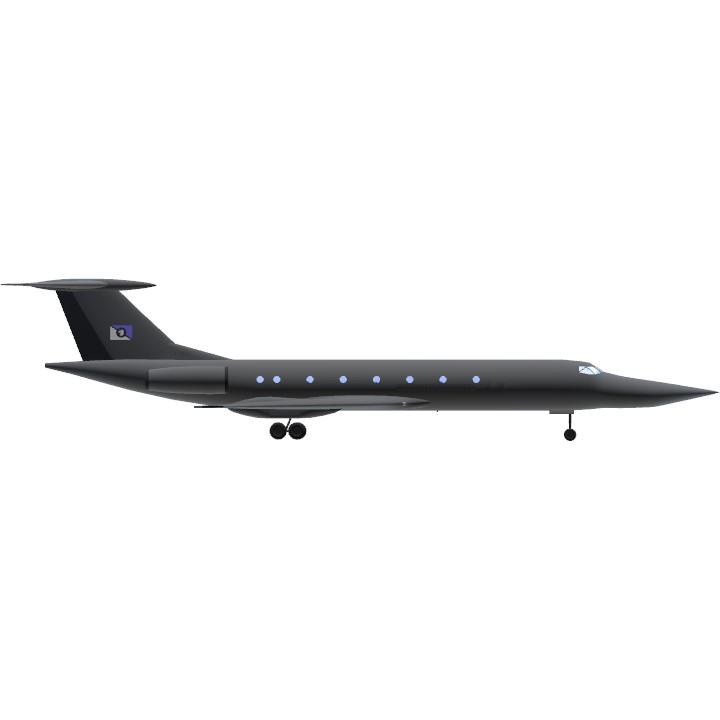
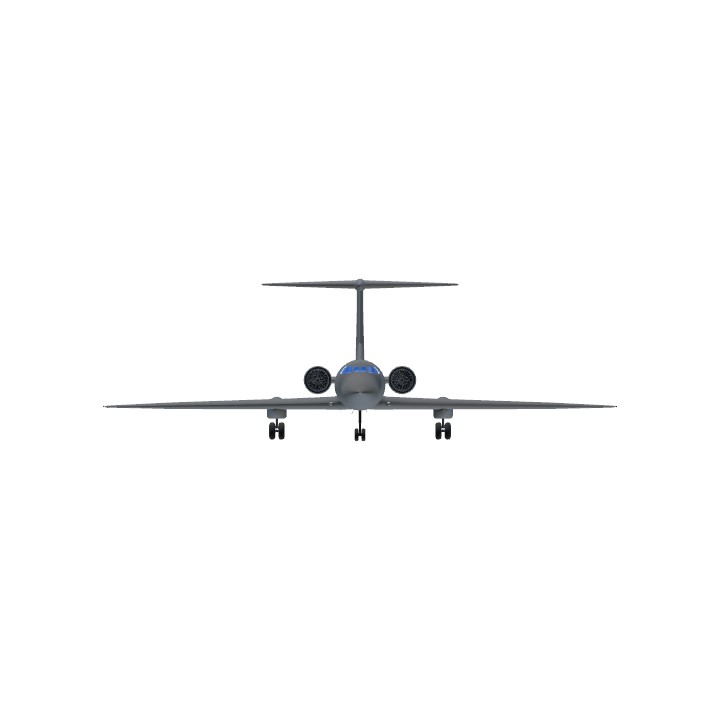
Credits to @FatPilotOne for the Tu-134UBL
Credits to @JP11 for the PFD
(sorry the PFD credit was late)
@Khanhlam
@ccc12345
@CCCP0000001